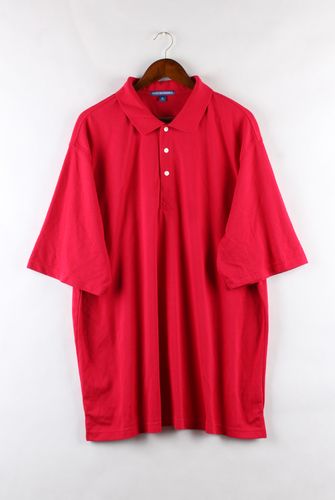The material of boys’ short-sleeved shirts has a very important impact on the skin. It not only affects the comfort of wearing it, but also affects the breathing and health of the skin. The following is a detailed explanation of common men’s short-sleeved shirt fabric choices:
1. Cotton: Cotton is the most common and popular men’s short-sleeved shirt fabric. one. Pure cotton fabric is soft, breathable, skin-friendly, and can absorb moisture and sweat to keep skin dry. It also has good durability and comfort, making it suitable for summer wear.
2. Flax: Flax is a natural fiber with excellent air permeability and hygroscopicity. It can allow air to circulate, reduce sweat residue, and keep the skin dry. Linen fabric is also antibacterial and anti-allergic, making it friendlier to people with sensitive skin. Its luster and texture also make men’s short-sleeved shirts more elegant when worn.
3. Linen-cotton blended fabric: Linen-cotton blended fabric combines the advantages of cotton and linen. More wrinkle-resistant than pure cotton fabrics and easier to care for. It’s also breathable and moisture-wicking, allowing short-sleeved shirts to stay comfortable in hot weather.
4. High-tech fibers: High-tech fibers such as polyester fiber, nylon and other materials are also commonly used in the production of men’s short-sleeved shirts. These fabrics are usually quick-drying, wrinkle-resistant, and wear-resistant, and are suitable for occasions with a large amount of activity or during sports. However, some high-tech fibers may not be breathable and will have a certain impact on skin breathing, so you need to choose carefully.
5. Silk: Silk fabric is smooth and soft, giving people a cool touch, suitable for wearing in summer when the temperature is high. Silk is less harmful to the skin and has good anti-static properties. However, it should be noted that silk is easy to wrinkle and requires careful maintenance.
When choosing men’s short-sleeved shirt fabrics, in addition to considering the breathability, moisture absorption and comfort of the fabric, you should also consider the durability, Factors such as ease of care and wrinkle resistance. In addition, for people who are prone to allergies or sensitive skin, it is recommended to choose natural fiber fabrics and avoid the use of non-toxic synthetic fiber materials.
It should be reminded that in addition to fabric selection, dressing cleanly, keeping clothes ventilated, and changing underwear in a timely manner are also important aspects of protecting skin health.




